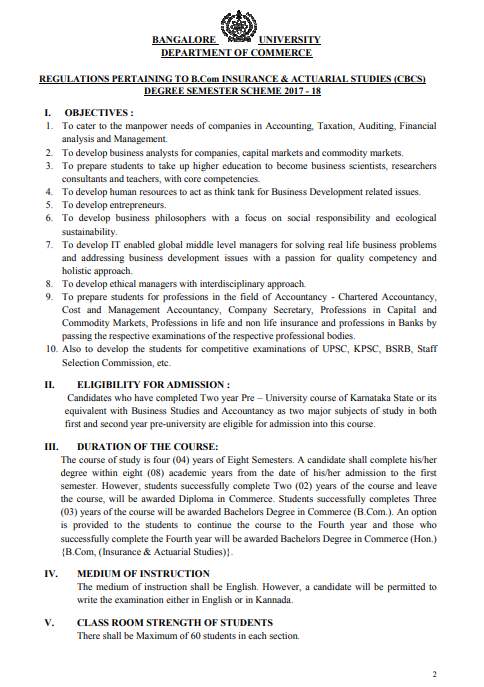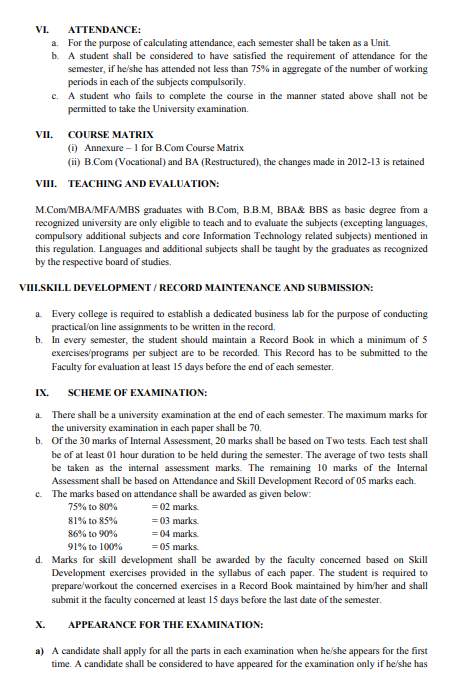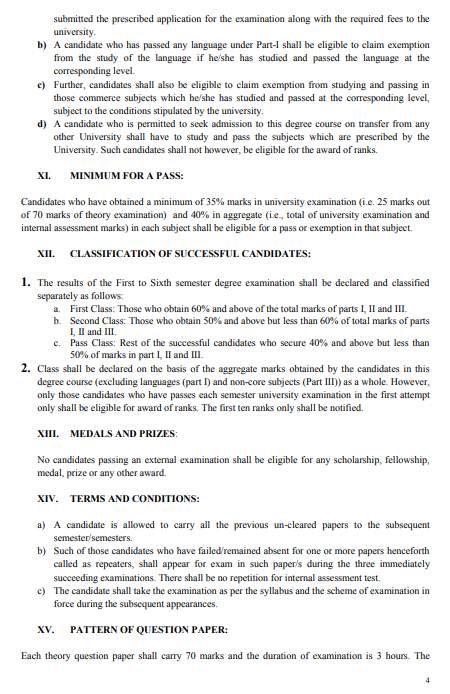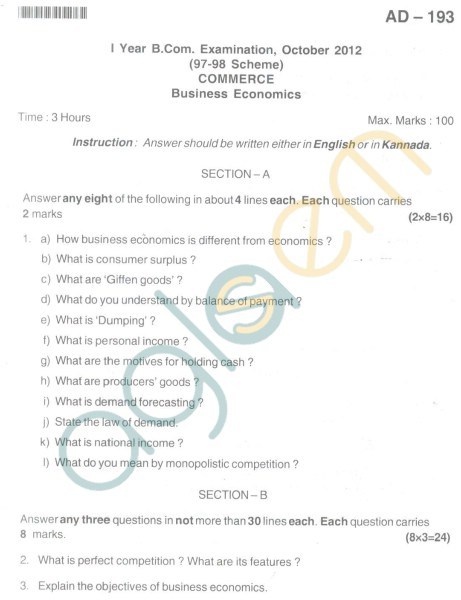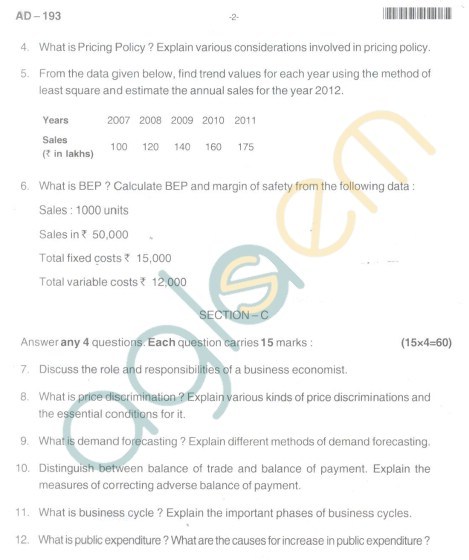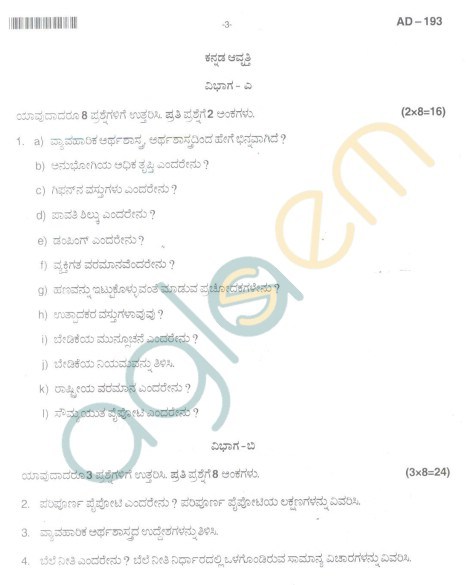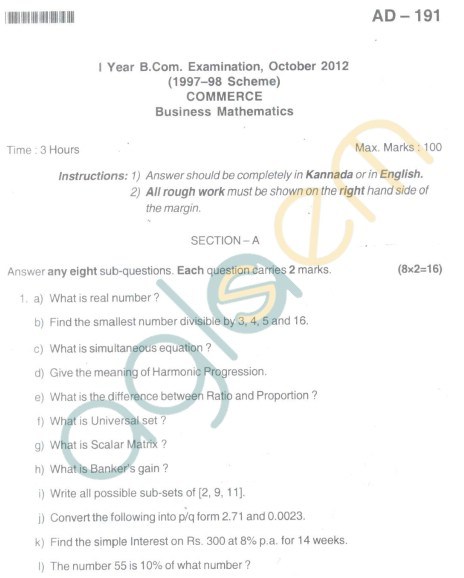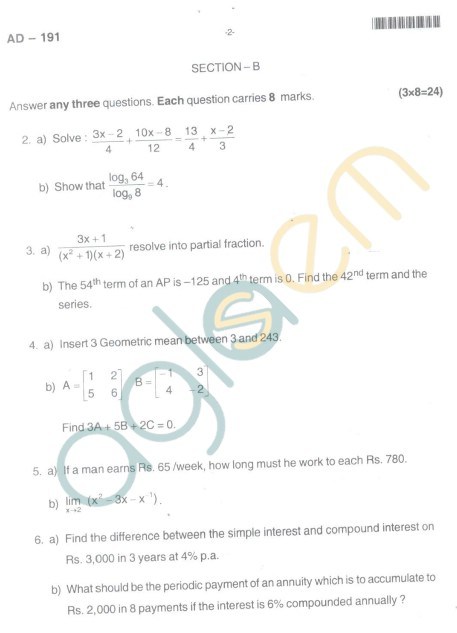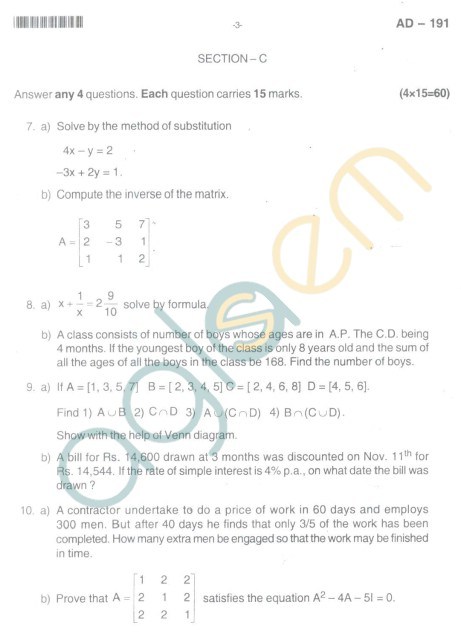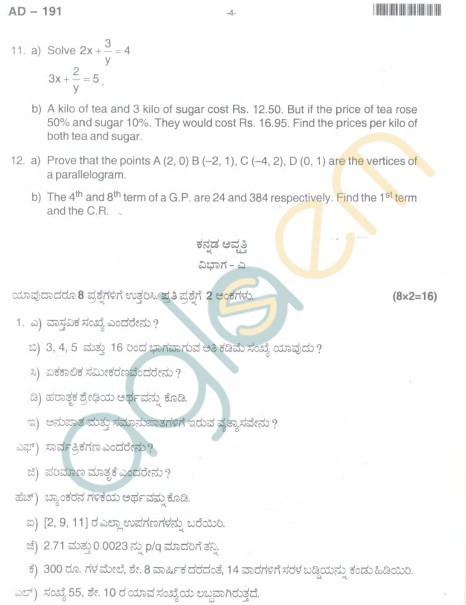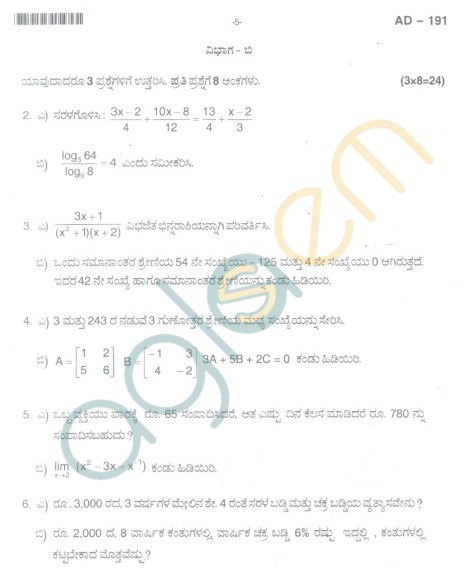The syllabus of B.Com Insurance & Actuarial Studies (CBCS) Degree Program offered by Bangalore University on which the question paper is based is as follows:
1.3– FINANCIAL ACCOUNTING
OBJECTIVE:
The objective of this subject is to acquaint students with the accounting concepts, tools and techniques influencing Business Organizations.
Unit 1: INTRODUCTION TO FINANCIAL ACCOUNTING 08 Hrs
Introduction – Meaning and Definition – Objectives of Accounting – Functions of Accounting –
Users of Accounting Information – Limitations of Accounting – Accounting Principles – Accounting
Concepts and Accounting Conventions- Accounting Standards: List of Indian Accounting Standards.
Unit 2: CONVERSION OF SINGLE ENTRY INTO DOUBLE ENTRY SYSTEM 12 Hrs
Single entry system- Meaning – Features – Merits – Demerits – Types. Conversion into Double Entry
system – Need for Conversion – Preparation of Statement of Affairs – Cashbook – Memorandum
Trading Account – Total Debtors Account – Total Creditors Account – Bills Receivable Account –
Bills Payable Account – Trading and Profit & Loss Account and Balance Sheet.
Unit 3: HIRE PURCHASE SYSTEM 12 Hrs
Meaning of Hire Purchase and Installment Purchase System- difference between Hire Purchase and
Installment Purchase – Important Definitions – Hire Purchase Agreement – Hire Purchase Price –
Cash Price – Hire Purchase Charges – Net Hire Purchase Price – Net Cash Price – Calculation of
Interest – Calculation of Cash Price – Journal Entries and Ledger Accounts in the books of Hire
Purchaser and Hire Vendor (Asset Accrual Method only).
Unit 4: ROYALTY ACCOUNTS 12 Hrs
Meaning and definition – Technical Terms – Royalty – Landlord – Tenant – Minimum Rent – Short
Workings – Recoupment of Short Working under (Fixed Period) restrictive and non-restrictive
(Floating Period) Recoupment within the Life of the Lease – Treatment of Strike and Stoppage of
work – Accounting Treatment in the books of Lessee and lessor – journal entries and Ledger
Accounts including minimum rent account.
Unit 5: CONVERSION OF PARTNERSHIP FIRM INTO A LIMITED COMPANY 12 Hrs
Meaning – Need for conversion - Purchase Consideration – Mode of Discharge of Purchase
Consideration – Methods of calculation of Purchase Consideration – Net Payment Method – Net
Assets Method –Journal Entries and Ledger Accounts in the books of Vendor – Treatment of items:
Dissolution Expenses, Unrecorded Assets and Liabilities, Assets and Liabilities not taken over by the
Purchasing Company, Contingent liabilities, Incorporation entries and preparation of balance sheet of
the purchasing company under vertical format.
SKILL DEVELOPMENT
• List out various accounting concepts and conventions ( GAAP)
• List out Various Accounting Standards
• Collection & recording of Royalty agreement with regard to any suitable situation.
• Collection and recording of Hire Purchase Agreement.
• Ascertainment of Cash Price and Interestwith imaginary figures under Hire Purchase System.
BOOKS FOR REFERENCE
1. Arulanandam & Raman – Financial Accounting – I, HPH
2. Jawaharlal & Seema Srivastava :Financial Accounting, HPH
3. Dr. S.N. Maheswari: Financial Accounting, Vikas Publications
4. S P Jain and K. L. Narang: Financial Accounting- I, Kalyani Publishers
5. S. Jayapandian: Financial Accounting from Zero.
6. Radhaswamy and R.L. Gupta: Advanced Accounting , Sultan Chand
7. Guruprasad Murthy: Financial Accounting, HPH
8. Soundarrajan & K. Venkataramana, Financial Accounting, SHBP.
9. Dr. Venkataraman & others ( 7 lecturers): Financial Accounting, VBH
10. Dr. Alice Mani: Financial Accounting, SBH.
Syllabus B.Com Insurance & Actuarial Studies (CBCS) Program Bangalore University

